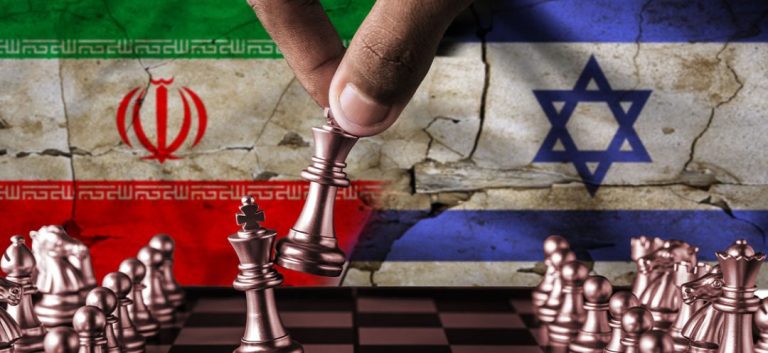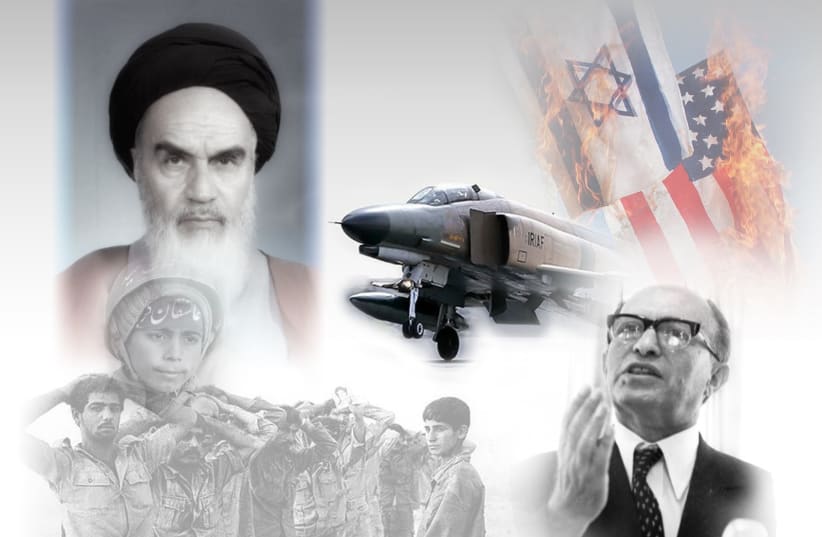Obama moves on Syria: Are strikes imminent?
Joyce Karam /Al Arabiya/September 19/14
With U.S. House of Representatives giving the stamp of approval for the Obama administration to train and arm a force of Syrian rebels and with military briefings concluding at the Central Command (CENTCOM) headquarters, it is likely that the U.S. action in Syria targeting ISIS is imminent as air strikes expand in Iraq.
The legislative branch voted with a majority last night (273-165) to train and arm a Syrian rebel force of 5000 fighters, while Obama rallied his troops and the American public once again behind the strategy after a meeting with his generals at CENTCOM in Tampa, Florida. The Congress vote, albeit with constraints, and the public debate supporting the air strikes offer Obama a legislative and political cover to expand the campaign from Iraq to Syria.
Air strikes imminent
Obama’s meetings, in conjunction with a marathon of hearings in Congress this week on ISIS, indicate that “air strikes in Syria are likely to be starting soon” says Jeff White, a defense fellow at the Washington Institute for Near East policy. The “war plan and the air plan are ready” he says, pointing out that meetings with generals are usually the last pitch before execution.
“The U.S. is determined to hit ISIS in Syria in order to deal a severe blow to the group”
Strategically, the U.S. is determined to hit ISIS in Syria in order to deal a severe blow to the group. “Two-thirds” of ISIS fighters are in Syrian territory, U.S. chairman of the Joint Chiefs of Staff Martin Dempsey told the Senate Armed Services committee on Tuesday. In numbers, according to the U.S intelligence estimates, that is almost 21,000 ISIS fighters in Syria, and nearly 10,000 in Iraq. White tells Al Arabiya News that “there is a general recognition among the U.S. political and military elite that ISIS’ infrastructure, heavy weaponry and leadership are in Syria” and not Iraq. The three videos released by ISIS publicizing the execution of hostages were likely taken in Syria, and it is also believed that the head of ISIS Abu Bakr al-Baghdadi is in the Syrian province of Raqqa while making occasional trips to Mosul across the border in Iraq, according to sources.
The air strikes will target ISIS’ weaponry and vast infrastructure in Syria says White. While air power alone does not stand a chance at defeating ISIS in Syria, Washington is coupling its air strikes strategy with an arming and training program for the Syrian rebels.
A Hezbollah impact?
The recognition of the threat and the speedy rise of ISIS was a game changer in Washington’s approach to Syria. The vote this week in Congress could not have materialized without the ISIS threat. This is something that both the legislative and executive branches have avoided and dreaded in the last three years out of concern that these arms might end up in the hands of extremists or abort the chances of a political settlement.
Today in Syria, extremists in the form of ISIS and the al-Nusra Front are better funded and armed than the more moderate opposition, and the political process is on its deathbed with the regime unwilling to transition without Assad, and as Russian-U.S. relations take a turn to the worse after Ukraine.
White expects the air strikes to start before the arming program, and sees it as a long term component for the strategy. “It will take months” he says, anticipating in the near term that tribal elements in Deir Azzor and the strong contingent of the Free Syrian Army in Aleppo to help in immediate air strikes and in the event that ISIS retreats from certain areas. But in the medium term, utilizing a capable moderate rebel force is key as a counterterrorism force, while it is unclear if it will also help shift the balance against Assad. It is also worth noting that appointment of retired General John Allen to oversee the ISIS strategy, was another sign of the seriousness of the administration and a shift to military tracks. Allen is someone with firsthand knowledge of the tribal elements on the Syrian-Iraqi border, who helped defeat al-Qaeda in Iraq’s al-Anbar in 2007.
While the proposed rebel force number might not be enough to “turn the tide,” White says it should not be “dismissed” especially if “they are well trained and protected by air power.” The 5000 fighters is almost what the U.S. intelligence estimates Hezbollah’s force to be in Syria. The Lebanese group’s intervention in the war in May 2013 was instrumental, says White, in keeping the regime afloat and winning territory in Qusayr and Homs as wells as maintaining control of the capital Damascus.
Obama has ruled out any combat troops on the ground against ISIS, but that does not exclude special operations by U.S. commandos especially if the target is in the ISIS leadership. Washington already exercised this option in a failed rescue attempt of U.S. hostages in Raqqa in Syria last July.
The events of the last few weeks in Washington leave little doubt that the administration is embarking on a long fight in Syria, with an ambitious goal of defeating ISIS and shifting the ground balance to pressure Assad into accepting a Geneva-based political settlement.



















